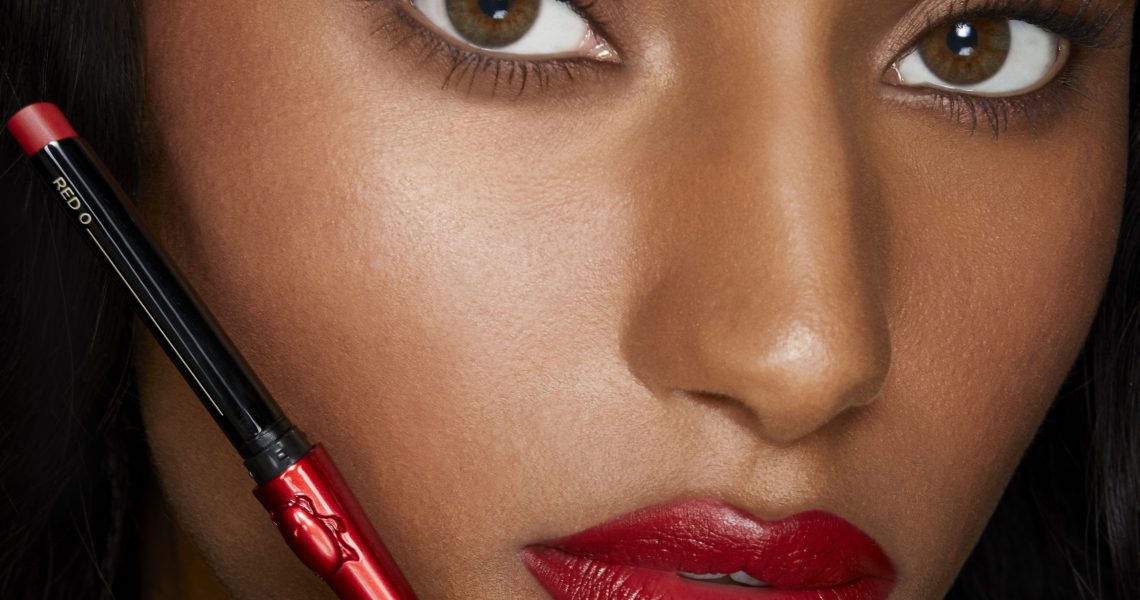Using open data-based generative AI models for research when creating products remains too risky for big companies with proprietary data. The big issue is ownership: Who owns the product of the data created with generative AI?
Unlike those leveraging generative AI for marketing and campaigns, brands wanting to use it for deeper applications like R&D coming up against a number of concerns related to data privacy and use.
For the beauty industry, there are fewer risks than for industries like finance, but uncertainties around the outside data being used and whether it can be trusted remain an issue. The E.U. moved swiftly in June to regulate AI use in its member countries, but there is currently no AI regulation in the U.S. Shortly after the E.U.’s regulations were announced, a study conducted by researchers at Stanford University’s Center for Research on Foundation Models (CRFM) found that most AI models, including Google’s PaLM 2 and Open AI’s GPT4, do not comply.
For its part, Unilever — the conglomerate that owns Tatcha, Ren and Hourglass, among other brands — has proceeded with caution. That’s because, during R&D, it must use its proprietary data across its brands, without the risk of it being leaked elsewhere. It also must be able to trust the data it uses to develop effective products for its customers’ concerns. Therefore, though the data pool is smaller, it’s relying on an internal generative AI model.
For its overarching Beauty & Wellbeing category, Unilever reported a combined turnover of €12.3 billion, or around $13.8 billion, for the 2022 financial year. That includes the Prestige Beauty and Health & Wellbeing divisions, which, in the first quarter of 2023, both experienced double-digit growth for the ninth straight quarter.
For Hourglass, Unilever used proprietary AI to test new color combinations of product color pigments as a replacement for carmine red, which would typically take millions of physical experiments to create. Its recent microbiome research for brands including Ren and Ferver Skincare is powered by AI, which has worked to reduce results timelines from 10 years to two years.
“We are thinking about how you can leverage generative AI, and what it is that we should and should not do [when it comes to] R&D and other parts of the organization,” said Alberto Prado, Global Head of Digital & Partnerships at Unilever R&D. “We can’t wait for legislation to come, but it will take some time. [Prior] companies will need to come up with what it is that they stand for, so they can communicate very clearly this is what we should or should not do.”
Unilever completed a move to cloud-only data storage in April, in partnership with Microsoft and its Azure cloud platform. And it’s currently testing how Azure’s Open AI can be applied within the business. At the moment, Unilever is training its R&D AI model on proprietary data that remains within the company and has no access to open data AI systems. Meanwhile, its brands, including Dermalogica, are still using ChatGPT — Dermalogica is using it for marketing processes and a “Dermalogica: The Book” ChatGPT integration making it easier to access information via a dedicated site.
“The AI model is only as good as the underpinning data,” said Dr. Sam Samaras, global vp of science and technology for Unilever’s Beauty & Wellbeing division. “We’ve spent a lot of time and effort setting up how we collect data, whether from an experiment or a human study. We have a very strong framework of ethics for data collection. All of our models are based on well-maintained, well-referenced data, because without that, the AI could lead you down a path that you didn’t need to go on.”
There are other issues involving the use of generative AI that go beyond trustworthy research analysis, which include IP ownership. For Unilever, which has a number of distinct brands, its IP is a differentiator. “There’s no clarity, at the moment, in terms of who owns the output of generated content,” said Alberto. “If you use generative AI for creating the name of a brand or the name of your marketing campaign, the AI model takes inspiration from data that it’s been fed, and it’s not 100% clear who owns that.”
Although clarifying the use of generative AI to create marketing is easy, just like adding a disclaimer, it’s harder, when it comes to research for product development. For now, companies with a lot of data and protected brands are keeping their data private until regulation makes open generative AI a safer and more attractive option.




